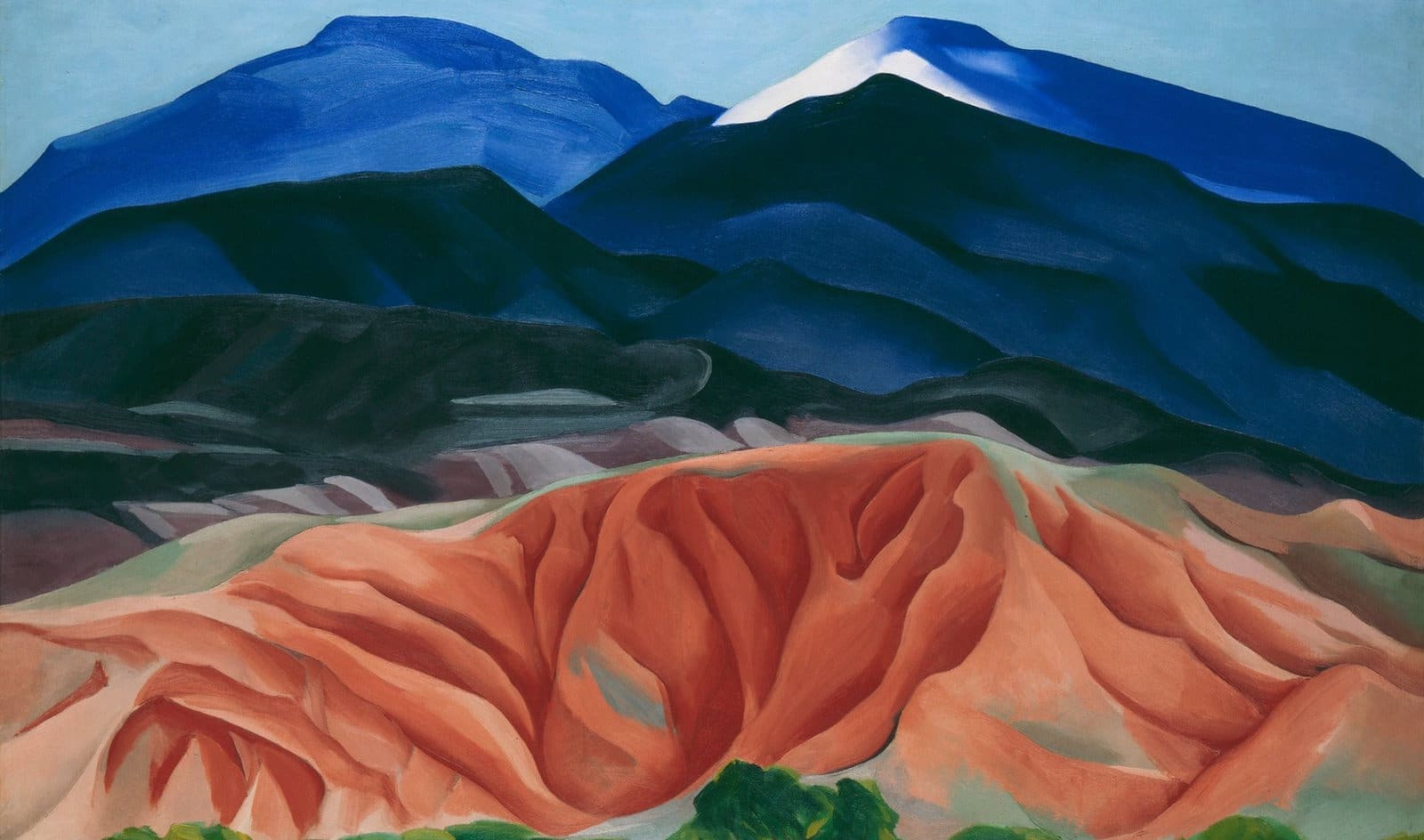‘When people read erotic symbols into my paintings, they’re really talking about their own affairs’ – Georgia O’Keefe
This is the largest exhibition by Georgia O’Keeffe ever to take place outside America, and the first retrospective in the UK. Given too that there are no works in any British collection, this is a rare opportunity to take a close look at the work of one of the most famous of American artists.
Famed for her close up flowers, New York cityscapes and desert landscapes – with or without bleached animal bones – this is somebody has come to represent the crowning achievements of American modernism.
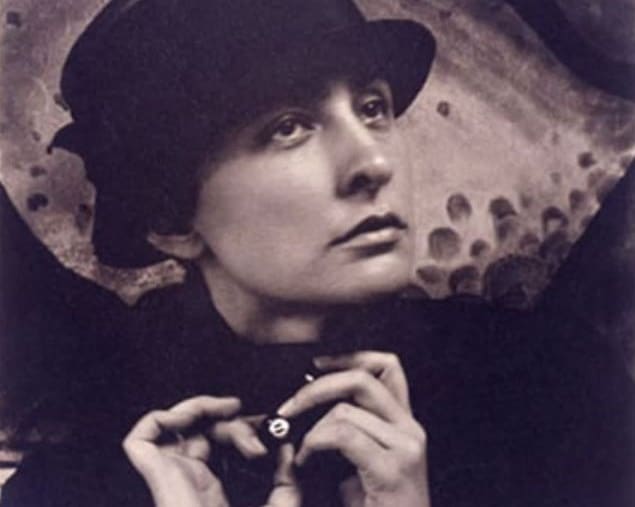
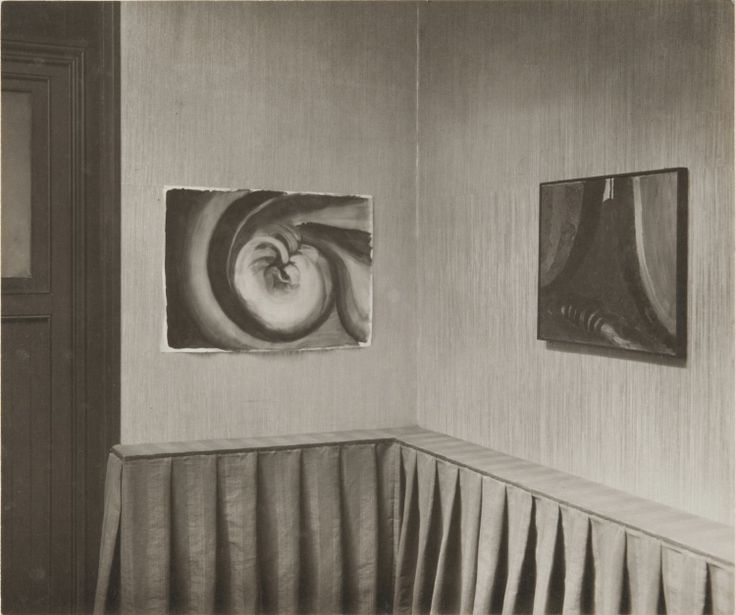



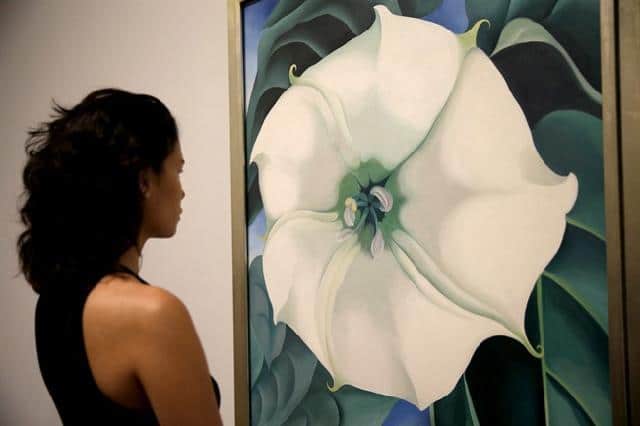
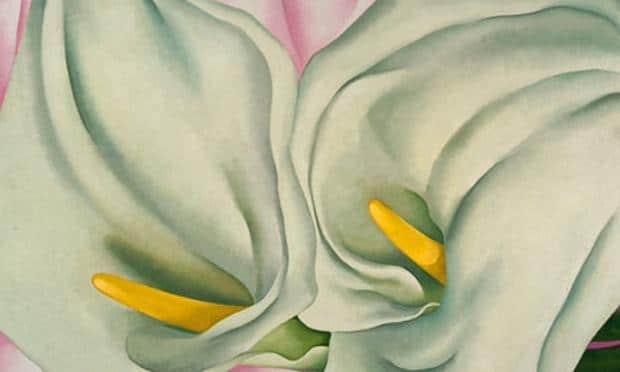
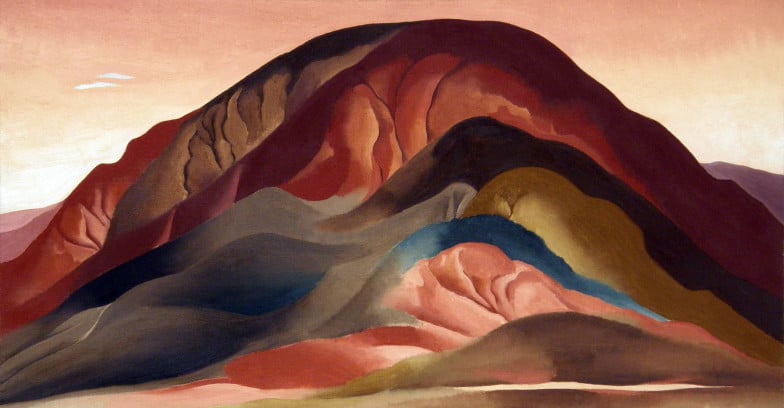
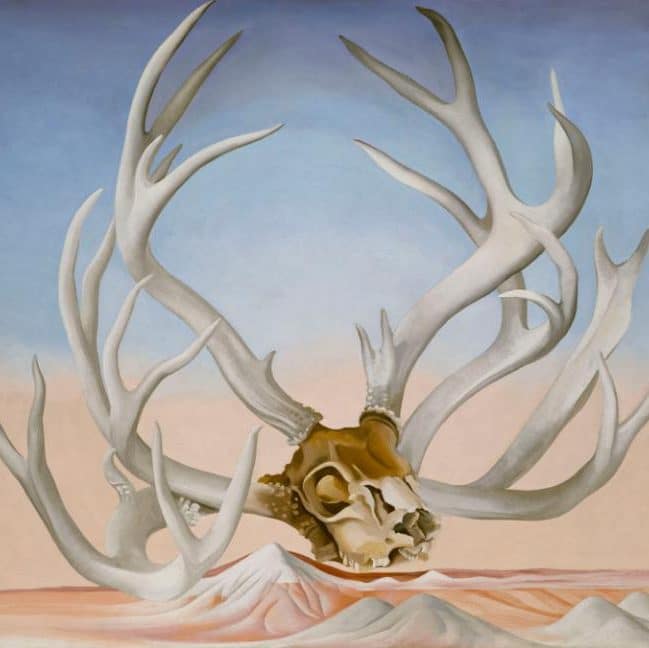
Georgia O’Keeffe is at Tate Modern until 30 October 2016
For more information visit www.tate.org




